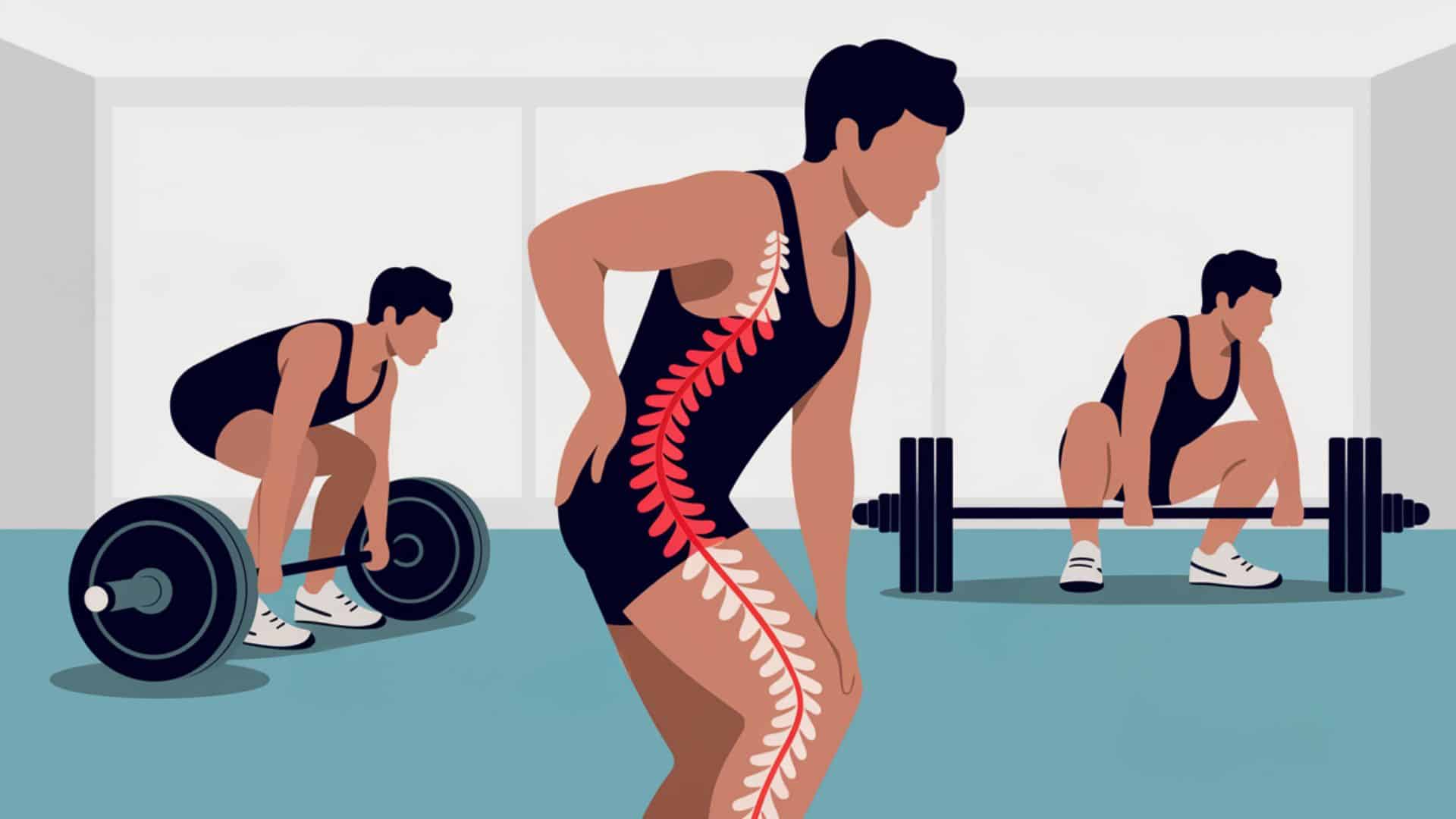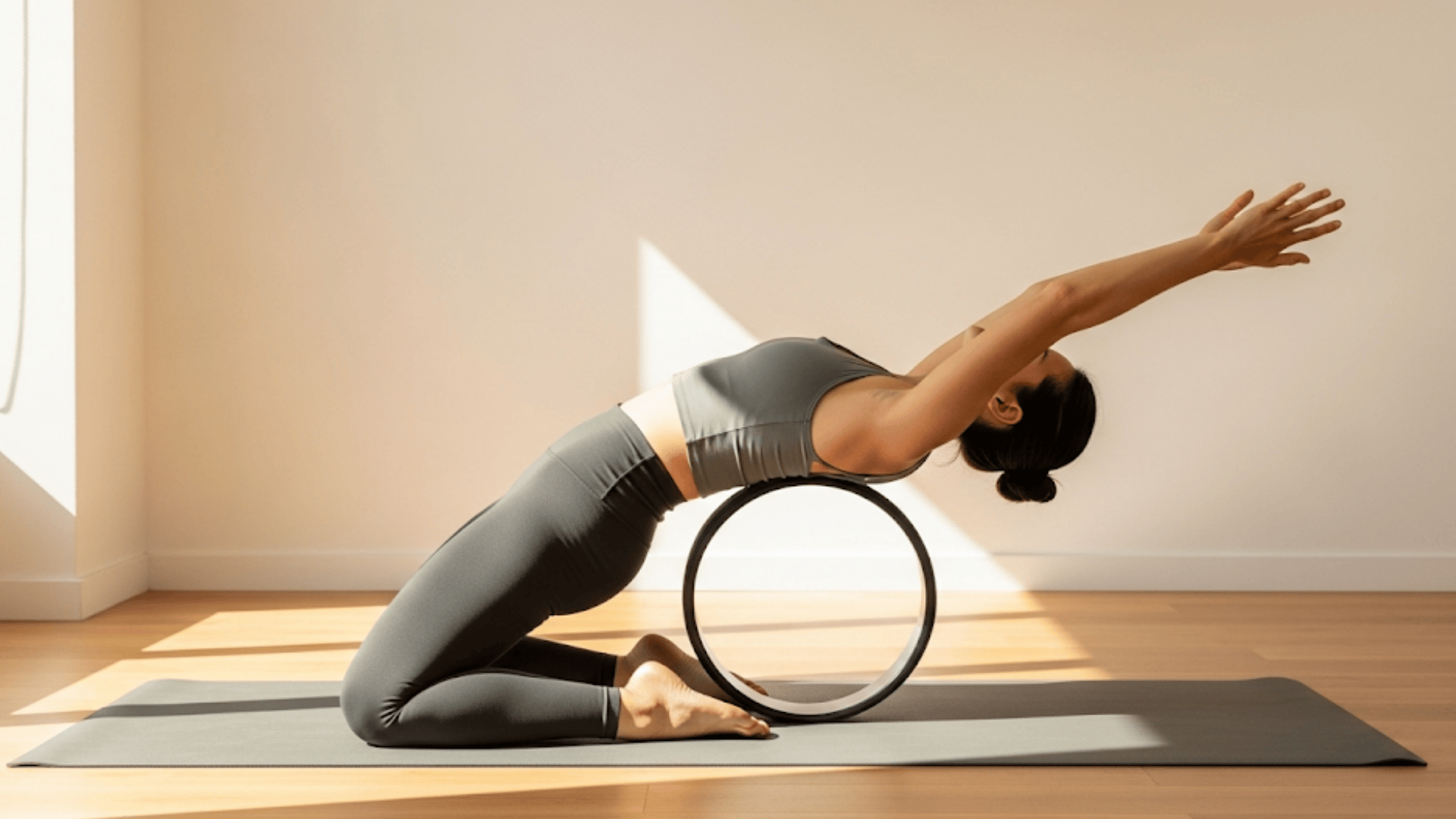Sharp pain shooting down your leg during a workout? You’re not alone. Millions of people with sciatica struggle to find safe exercises that won’t trigger their nerve pain.
Here’s the truth most fitness guides won’t tell you: certain popular exercises can make your sciatica ten times worse. That deadlift you love? Those heavy squats you swear by? They could be sabotaging your recovery and keeping you in constant pain.
But what if you could stay strong and active without the agony?
This guide reveals the worst exercises for sciatica pain, plus safer alternatives that actually help your recovery. Stop suffering through workouts and start training smarter today.
What is Sciatica Pain?
Sciatica is a common form of back and leg pain that results from sciatic nerve compression. The sciatic nerve runs from the lower back down to each leg.
When compressed, it causes sharp or shooting pain along the nerve path, plus numbness, tingling, or muscle weakness. Most compression occurs in the lumbar spine from bulging discs, bone spurs, or spinal stenosis.
Why Certain Weight Lifts Trigger Sciatica Pain?
Weight lifting can worsen sciatica pain because specific movements put direct pressure on the sciatic nerve. When you have sciatica, the nerve is already compressed, usually from a bulging disc or spinal narrowing in your lower back.
Heavy lifting strains your spine in several ways
The main problem happens when weight lifting forces your spine into harmful positions. Exercises like deadlifts and bent-over rows require you to bend forward while holding weight. This forward bending increases pressure on your spinal discs, which can push them further into the nerve space.
Key movements that trigger pain include:
- Forward bending – Places extra stress on spinal discs
- Twisting motions – Can increase disc herniation risk
- Heavy loads on spine – Compresses nerve roots as they exit the spinal cord
- Poor form – Rounded back position worsens nerve compression
Squats with heavy weights also load the lower back significantly. Without proper core stability, this extra weight forces your spine to work harder, increasing pressure on already irritated nerve tissue.
The combination of weight plus harmful positioning creates a perfect storm for sciatica flare-ups. Your body tries to protect itself, but the added resistance makes symptoms worse.
13 Exercises to Avoid with Sciatica
Certain exercises can worsen sciatica pain by placing extra pressure on your spine and sciatic nerve. Here are the most harmful movements to skip during your recovery, along with safer alternatives to keep you active.
1. Barbell Deadlifts
Deadlifts place extreme strain on your lower back and load the hamstrings in a stretched position. This creates significant tension on the sciatic nerve, especially when the form breaks down and your back rounds.
The heavyweight combined with the forward-bending motion can worsen nerve compression and trigger intense pain flare-ups throughout the leg.
Instead of: Barbell deadlifts, try bridge exercises that strengthen glutes and hamstrings without back strain.
2. Stiff-Leg Deadlifts / Romanian Deadlifts
These exercises stretch hamstrings and lower back with powerful force, placing undue stress on the sciatic nerve. The stiff-leg position increases tension on already irritated nerve pathways.
This movement combines heavy lifting with excessive hamstring stretching, making it particularly harmful for people with existing nerve compression and inflammation.
Instead of: Stiff-leg deadlifts, try glute bridges that work similar muscles safely without nerve stress.
3. Bent-Over Rows
This exercise requires forward bending while holding weights, increasing stress on your lower back significantly. The position strains the hamstring muscles and sciatic nerves running down your thighs.
Poor posture during this movement can compress spinal discs and worsen existing nerve irritation, leading to increased pain and numbness.
Instead of: Bent-over rows, try scapular rows performed upright to target the same muscles safely.
4. Barbell Back Squats
Heavy squats place a significant load on the spine, especially if your core isn’t properly stabilized. Barbell squats can compress the lower back, increasing sciatic nerve pressure substantially.
Without adequate form, the spine bears excessive weight, potentially worsening existing disc problems and nerve compression in the lumbar region.
Instead of: Barbell squats, try bodyweight lunges or wall-supported squats for leg strengthening.
5. Leg Press Machine
The leg press machine puts considerable strain on your lower back while compressing the sciatic nerve, especially when pressing heavy weights.
This seated position increases spinal pressure, and the pushing motion loads the spine significantly. The combination can worsen existing nerve compression and trigger severe pain episodes down the leg.
Instead of: Leg press, try bodyweight squats that engage the same muscles with better form control.
6. Seated Hamstring Curl Machine
This machine involves sitting while pulling weights with your legs, which may worsen sciatica symptoms by compressing the lower back.
In a seated position, the lower spine endures extra pressure, aggravating nerve pain significantly. The pulling motion can also stretch the sciatic nerve in an already compromised position.
Instead of: Seated hamstring curls, try standing leg curls or gentle hamstring stretches on the floor.
7. Smith Machine Squats
The Smith machine stabilizes the bar but limits the natural range of motion, potentially leading to awkward spinal positions that increase sciatica pain.
The fixed bar path doesn’t allow for individual body mechanics, forcing unnatural movement patterns that can strain the lower back and compress nerve pathways unnecessarily.
Instead of: Smith machine squats, try free weight squats or wall sits for better movement control.
8. Weighted Russian Twists
Twisting exercises with added weight strain the lower back and increase nerve irritation significantly. The twisting motion, combined with resistance, can trigger sciatic nerve pain as it compresses the spine.
Rotational movements under load place uneven stress on spinal structures, potentially causing further damage to affected nerve pathways.
Instead of: Weighted Russian twists, try planks or side planks for core strength without rotation.
9. Sit-Ups or Weighted Crunches
These abdominal exercises require repeated flexion of the spine, placing increased stress on spinal discs significantly.
This forward bending motion can make sciatica worse by compressing already bulging discs. The repetitive nature continuously stresses the nerve, leading to increased pain and inflammation in the lower back region.
Instead of: Sit-ups, try pelvic tilts that strengthen core muscles while keeping spine in neutral position.
10. Double Leg Lifts (With or Without Weights)
This challenging core exercise requires lifting both legs simultaneously while lying down. Without sufficient abdominal strength, your spine repeatedly bends and arches under the weight of your legs.
This places enormous strain on your lower back and can severely aggravate sciatic nerve compression, causing intense pain.
Instead of: Double leg lifts, try dead bug exercises that work one leg at a time safely.
11. Leg Circles (Weighted or Resistance-Based)
Exercises involving full leg circles can suddenly wrench hamstring muscles, making sciatica symptoms significantly worse. The swinging motion places unpredictable stress on the sciatic nerve and surrounding tissues.
This dynamic movement can trigger sudden pain flares and increase overall nerve sensitivity throughout the affected leg pathway.
Instead of: Leg circles, try gentle leg stretches performed in controlled, static positions without rotation.
12. Burpees with Push-Ups
Burpees combine rapid bending with jumping movements, creating jarring impacts on your lower back. The dynamic exercise involves repeatedly moving from standing to push-up position quickly.
This combination of rapid bending with high-impact landing can be extremely painful for people with sciatic nerve compression and inflammation.
Instead of: Burpees, try step-ups with shoulder press for full-body conditioning without jarring impact.
13. Standing Weighted Oblique Twists
These exercises combine rotational movement with added weight, creating harmful stress on the sciatic nerve. The twisting motion under load can compress spinal discs and worsen existing nerve irritation. Cable or dumbbell twists place uneven rotational torque on the spine, potentially increasing inflammation and pain in affected nerve pathways.
Instead of: Weighted oblique twists, try bird dog exercises that work core muscles without harmful rotation.
Conclusion
Managing sciatica doesn’t mean giving up fitness entirely. By avoiding these harmful exercises, you protect your sciatic nerve from further damage while staying active. Remember, forward bending, twisting motions, and heavy spinal loads are your biggest enemies.
The key is choosing exercises that keep your spine neutral and stable. Bridge exercises, pelvic tilts, and gentle stretches offer the same muscle benefits without nerve compression. Your body will thank you for making these smart swaps.
Listen to your pain signals and never push through sharp shooting sensations. With patience and proper exercise selection, you can build strength while allowing your nerve to heal. Start slow, stay consistent, and prioritize your long-term spine health over quick gains.









